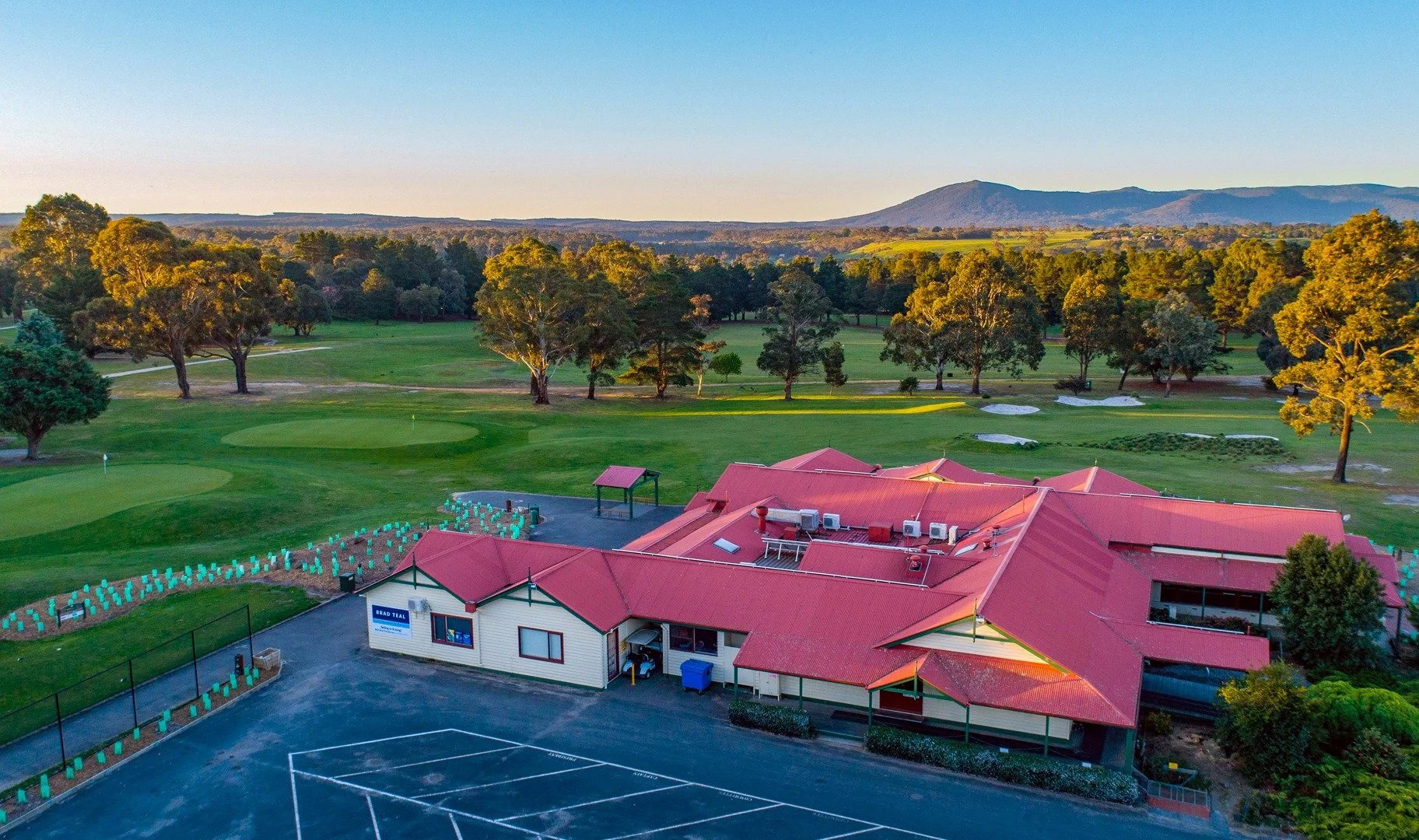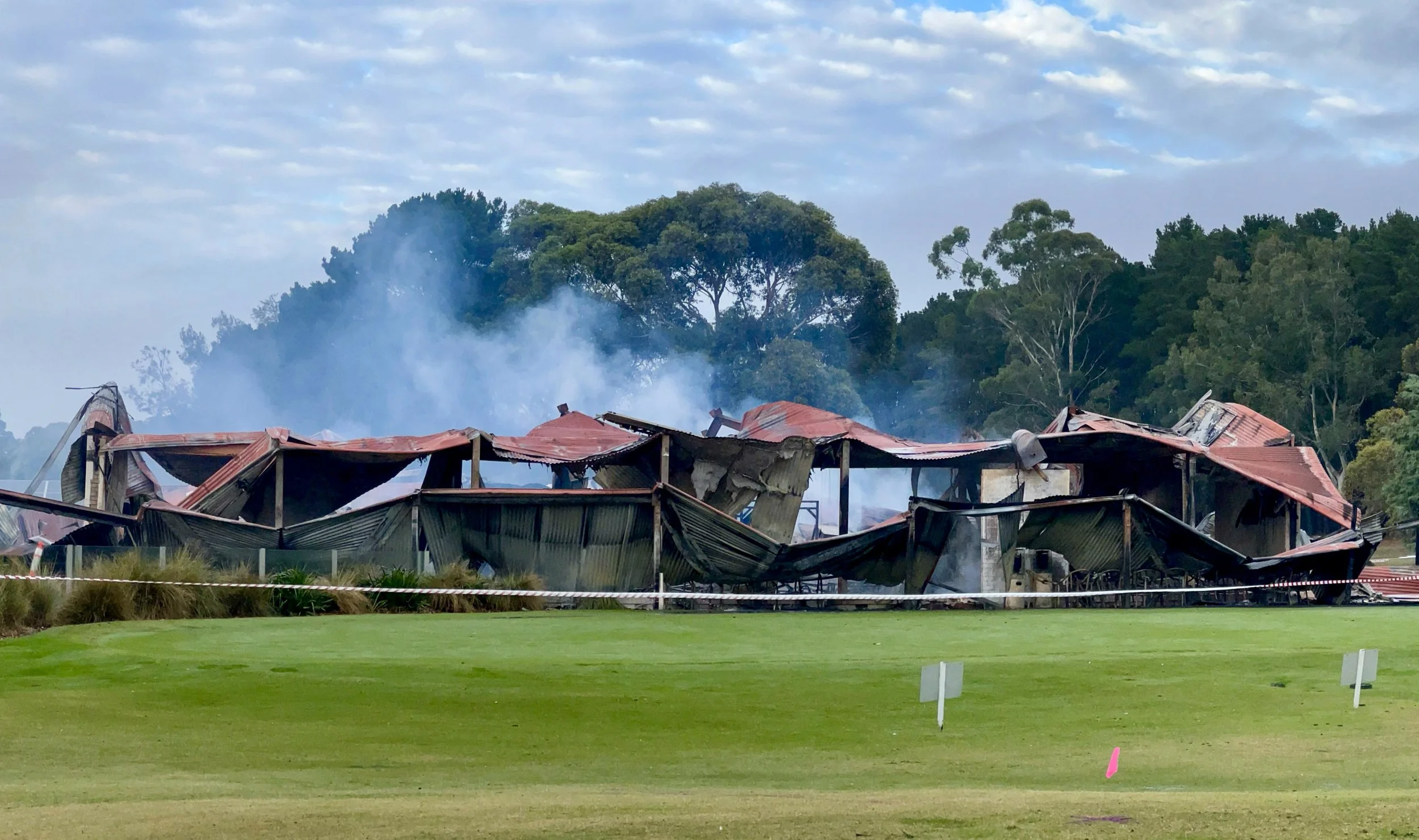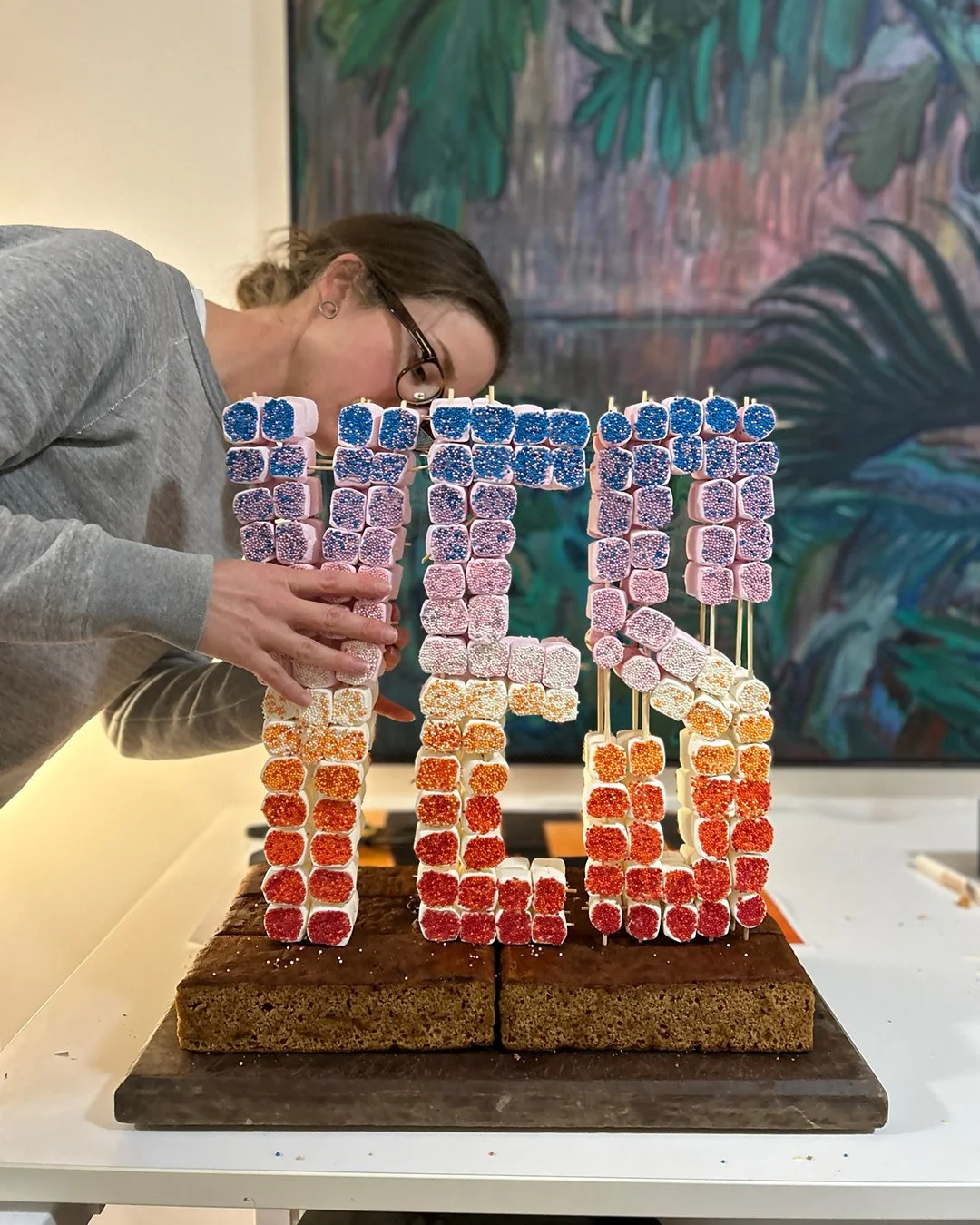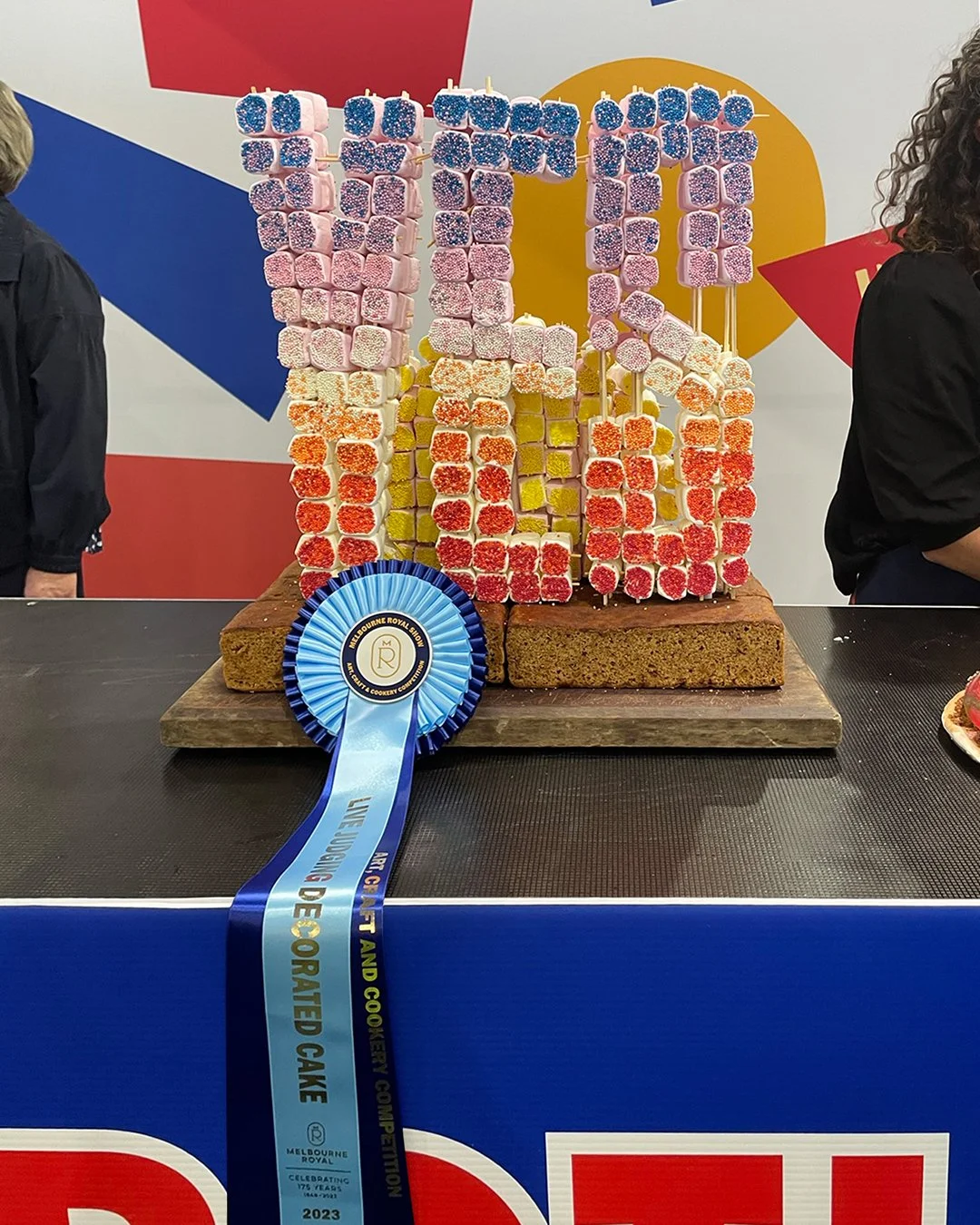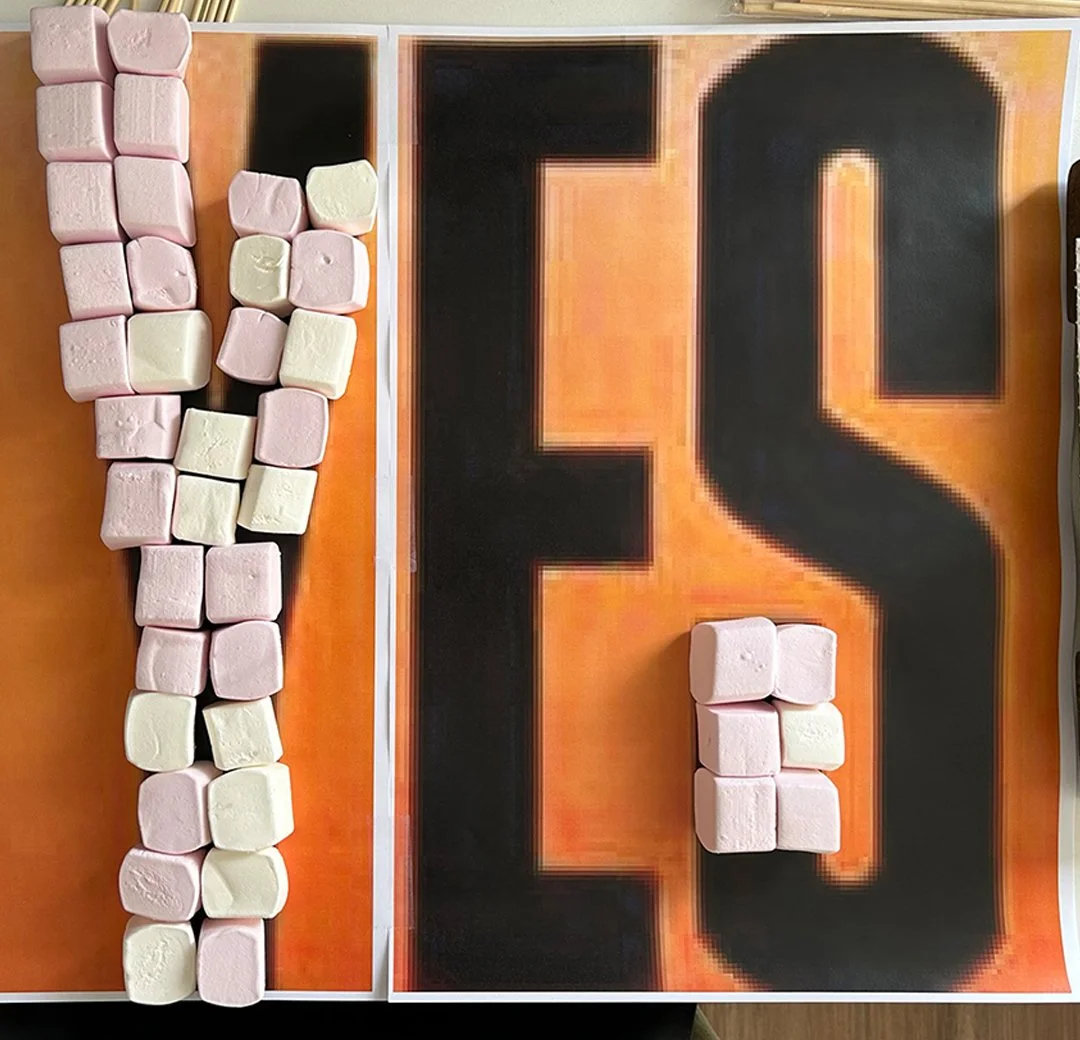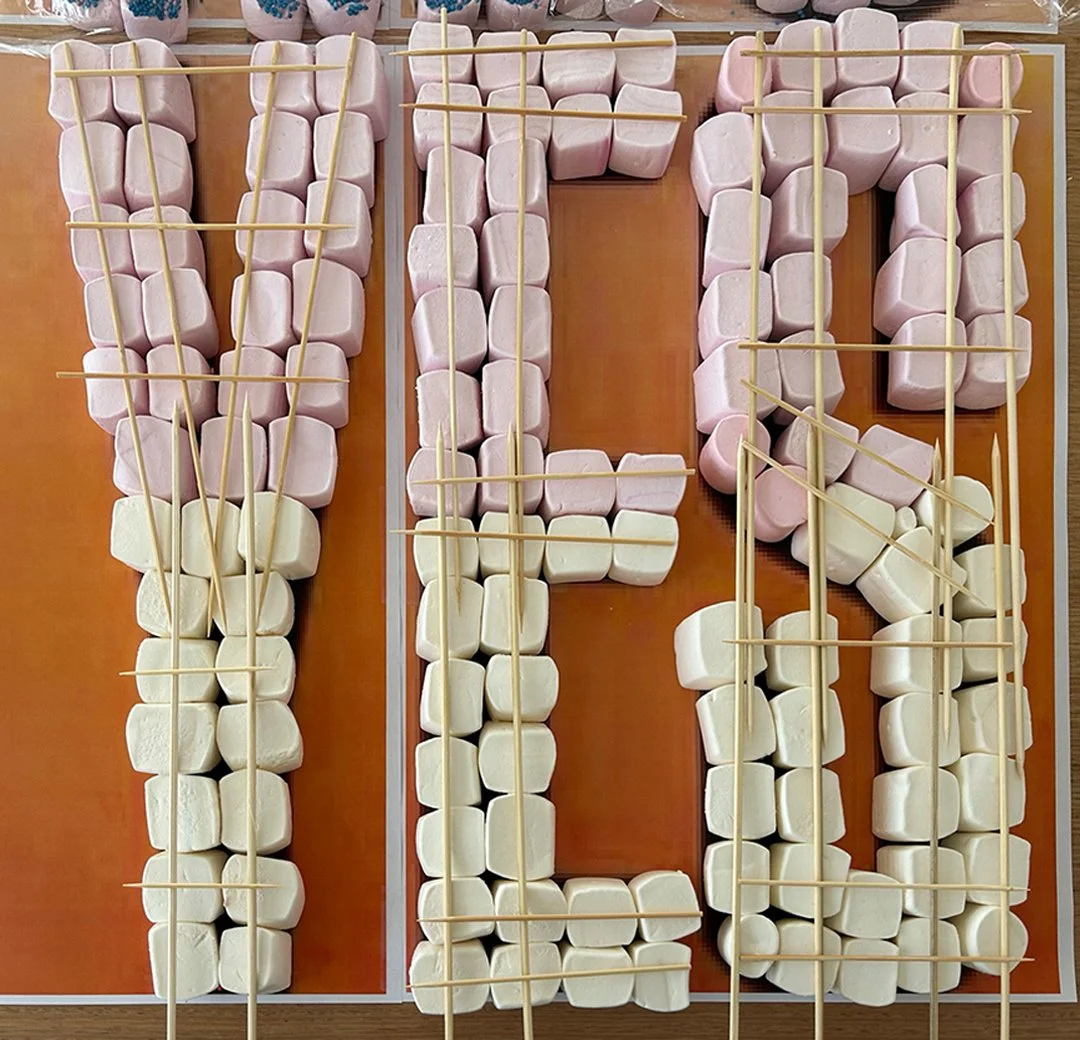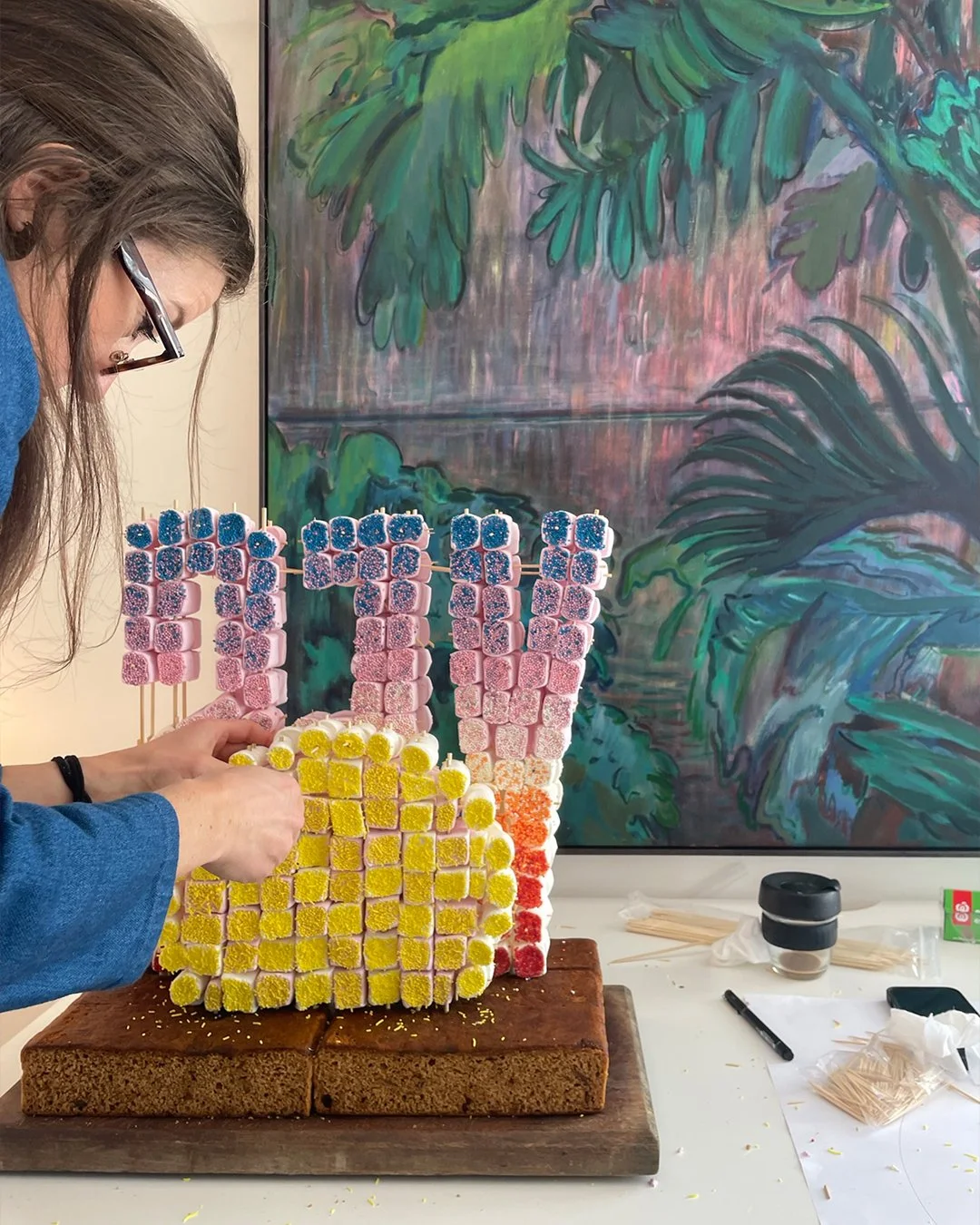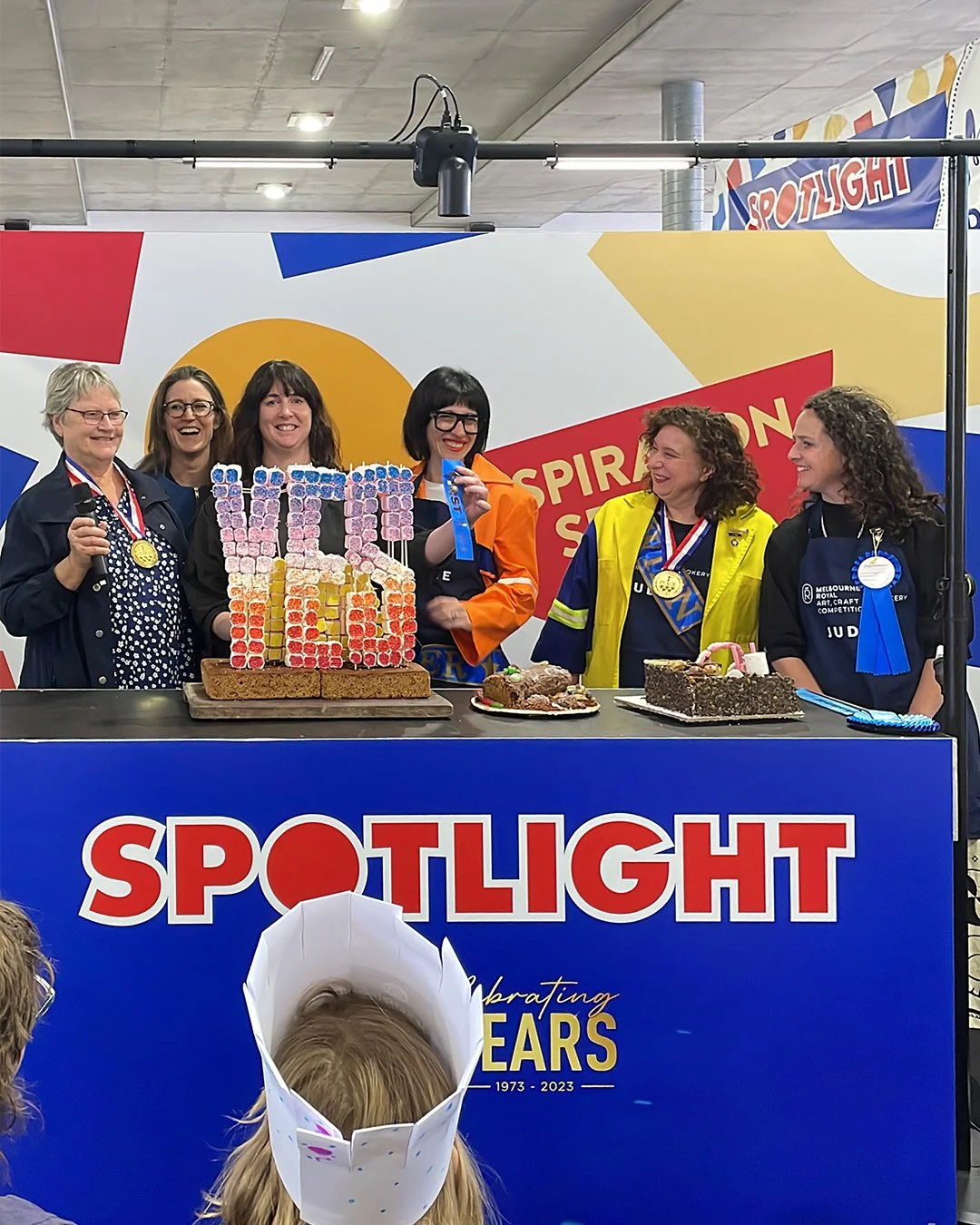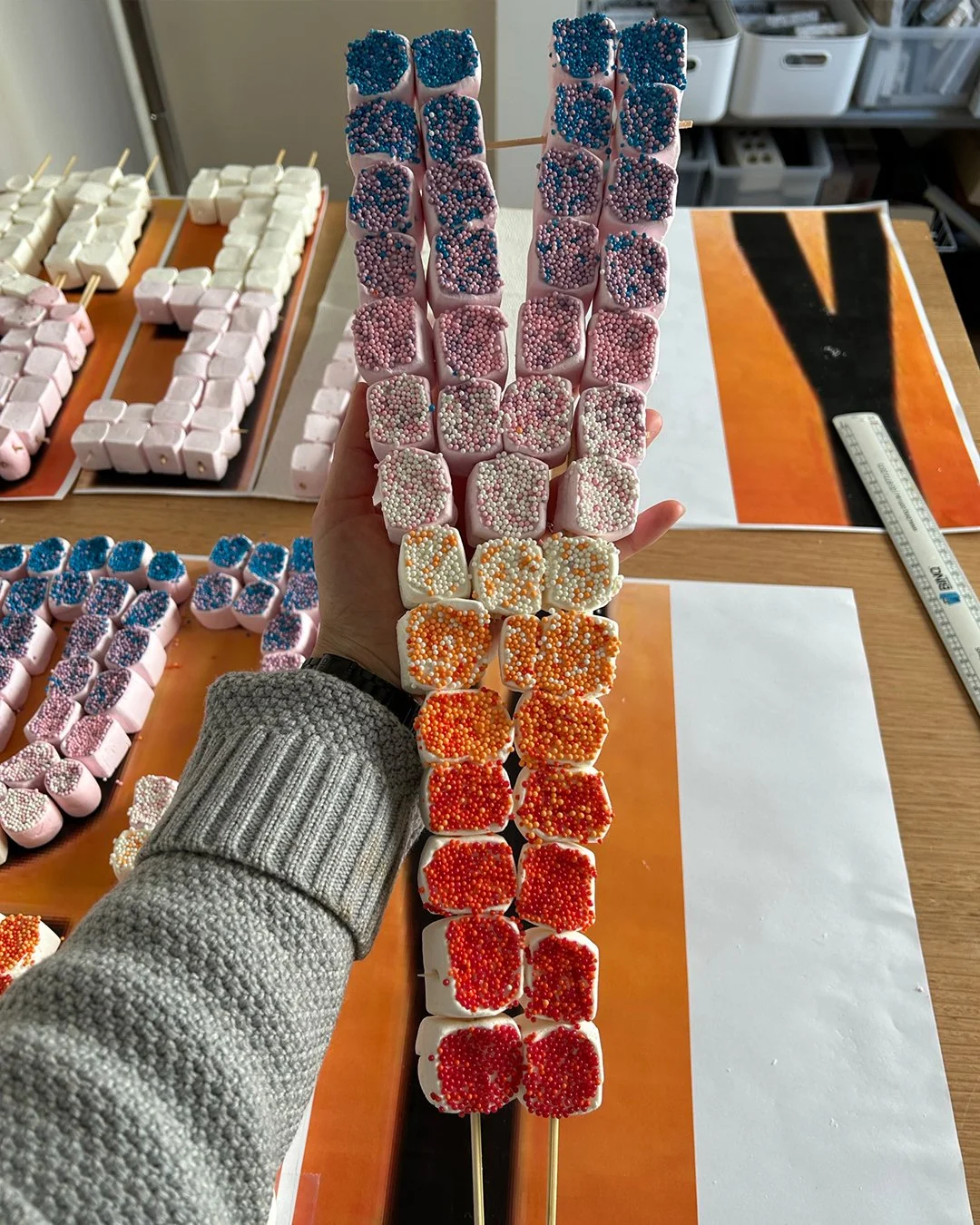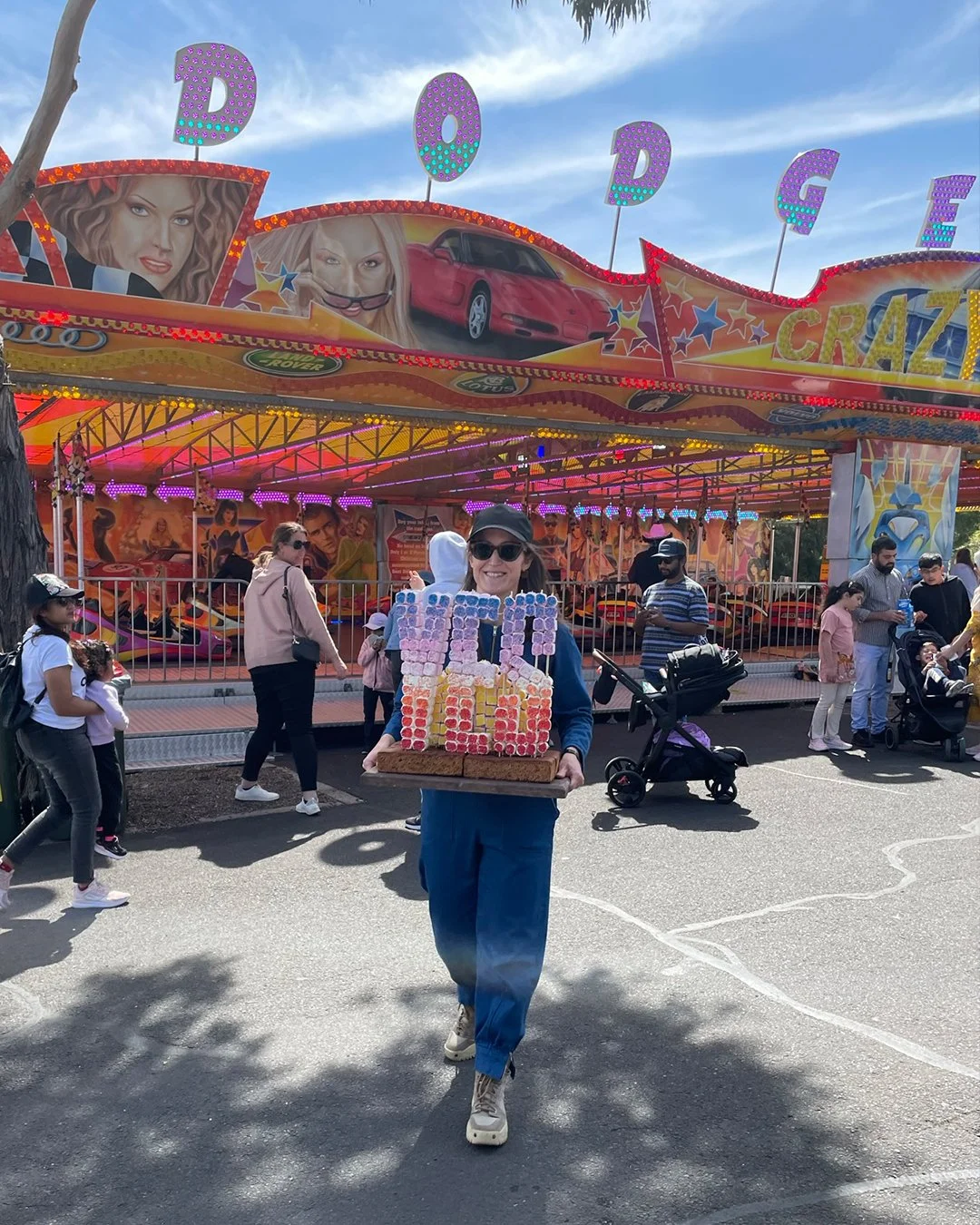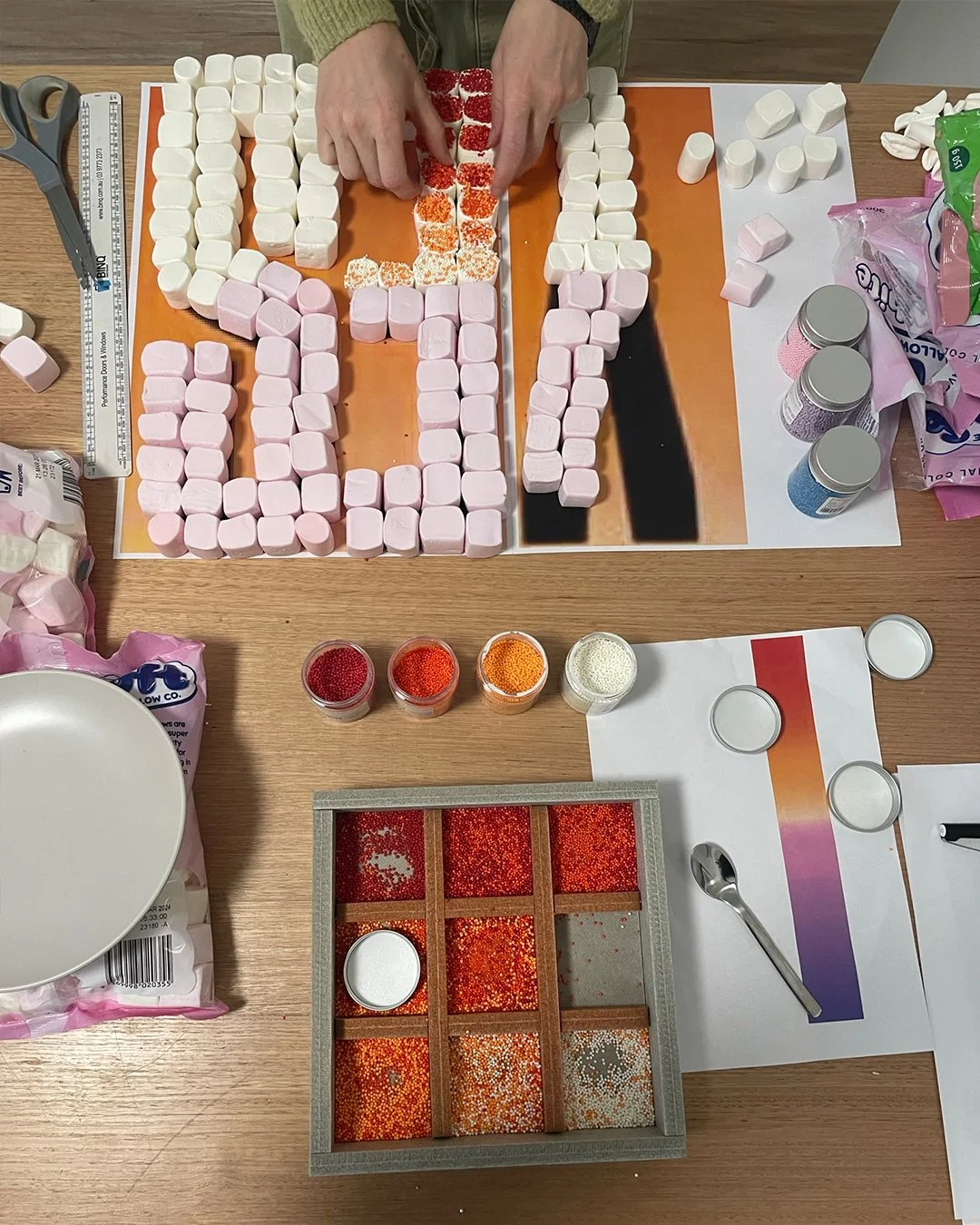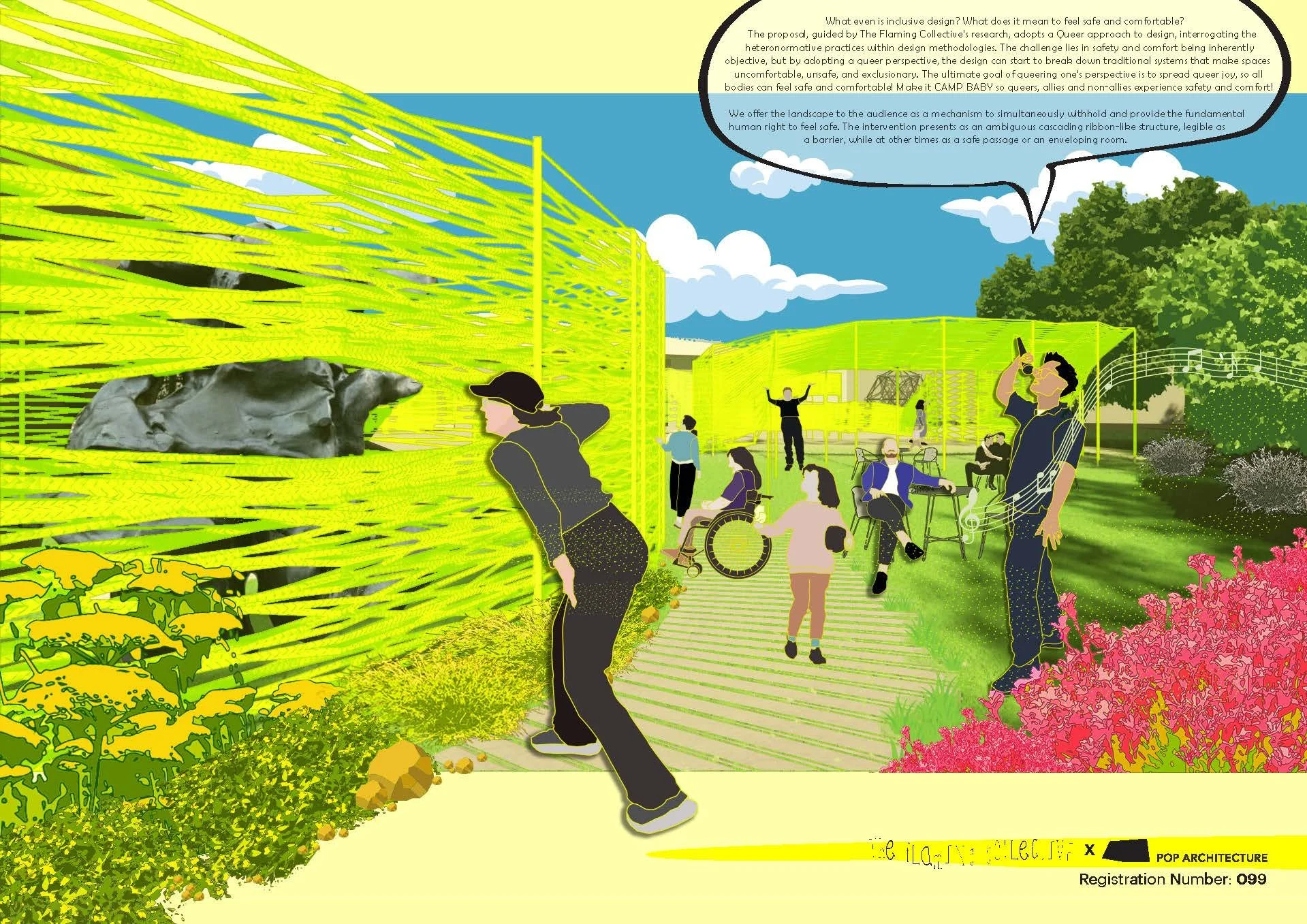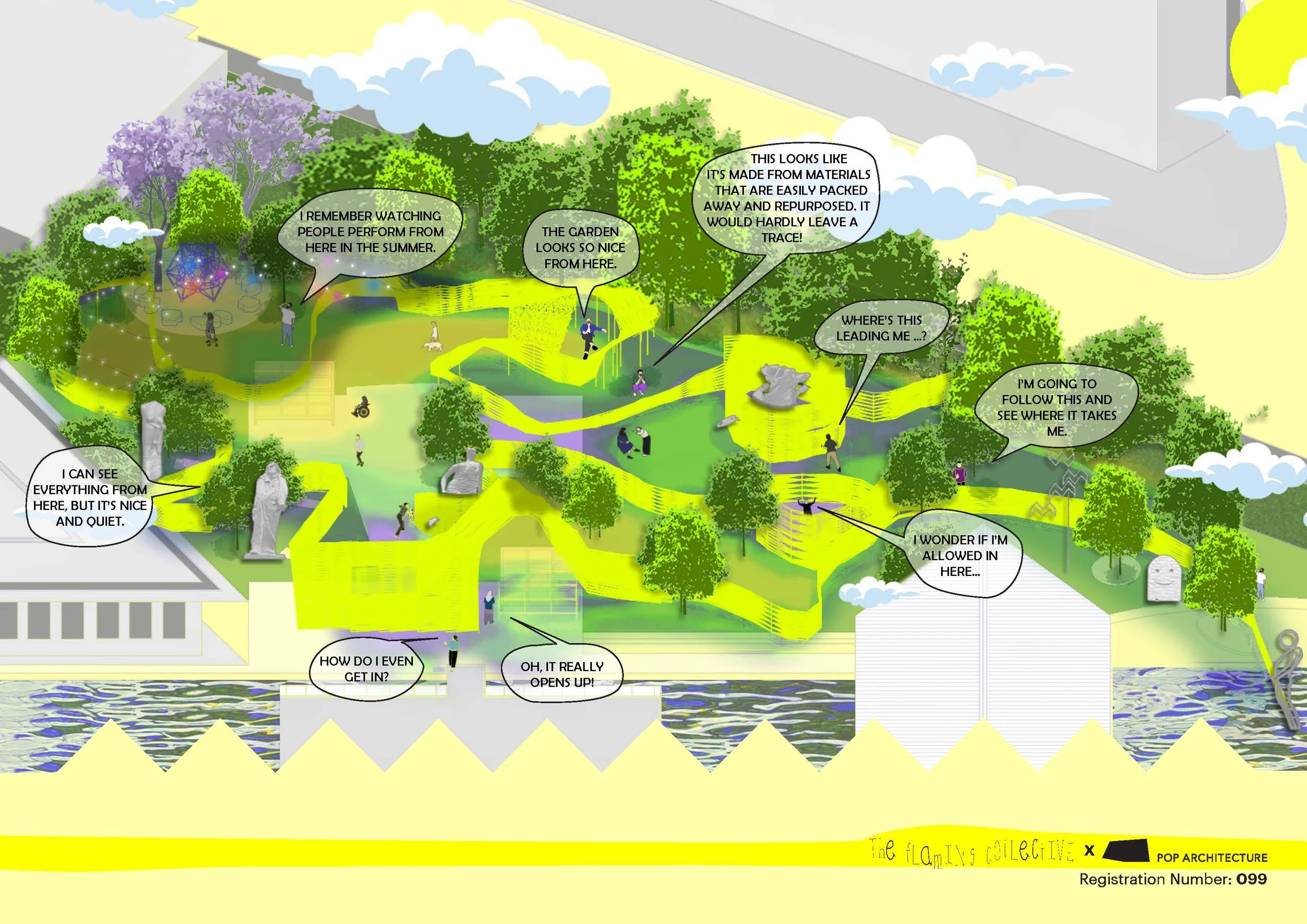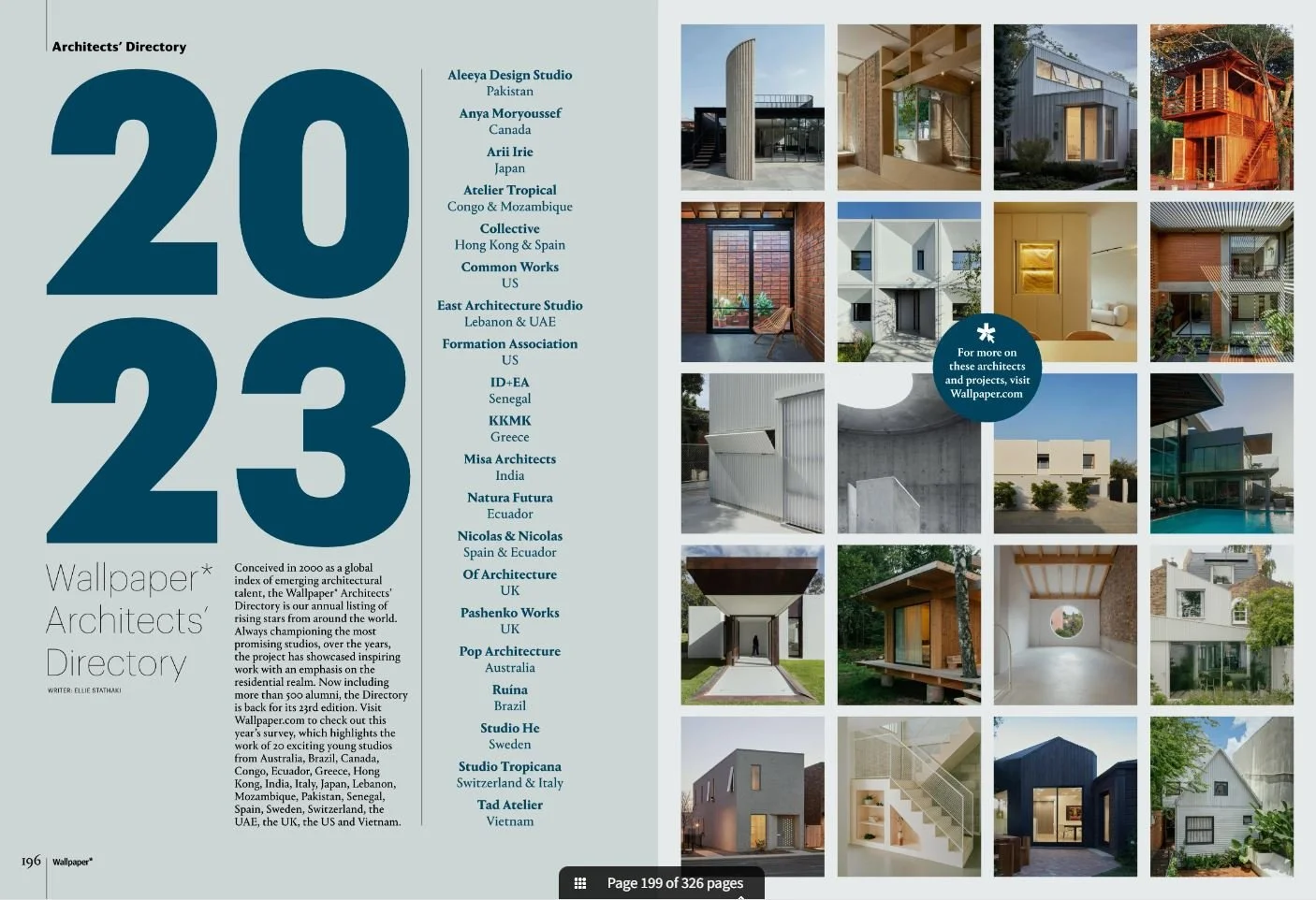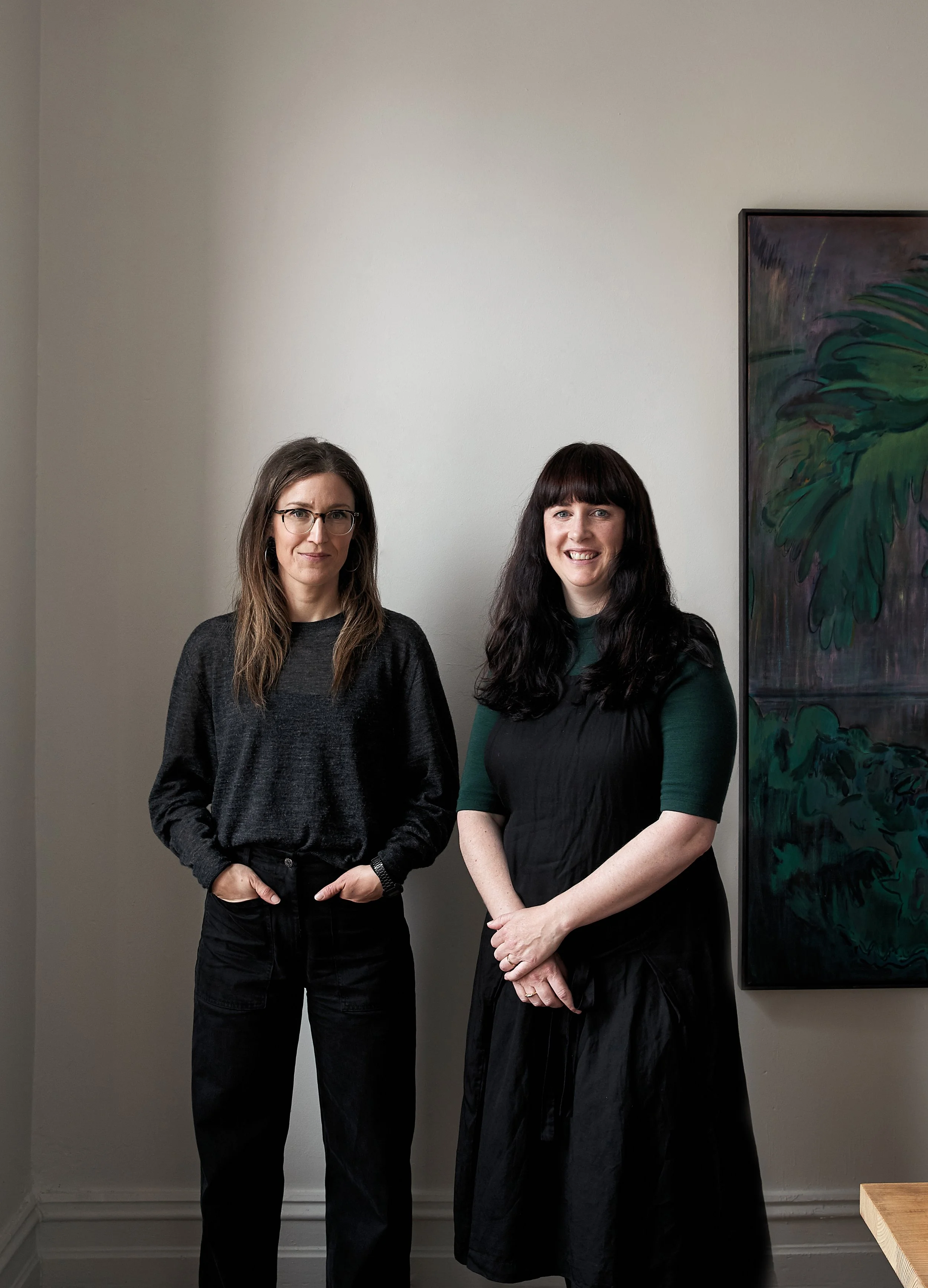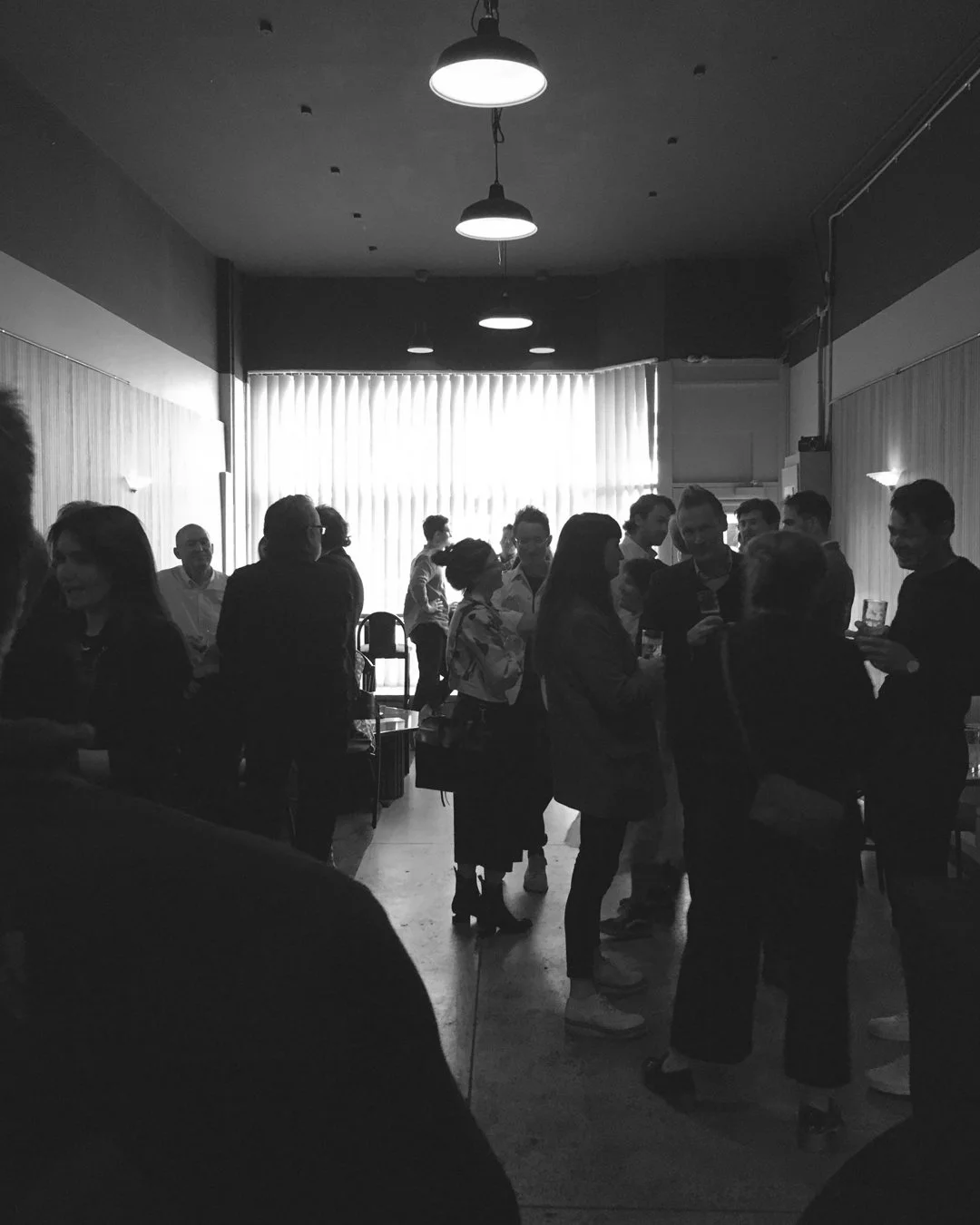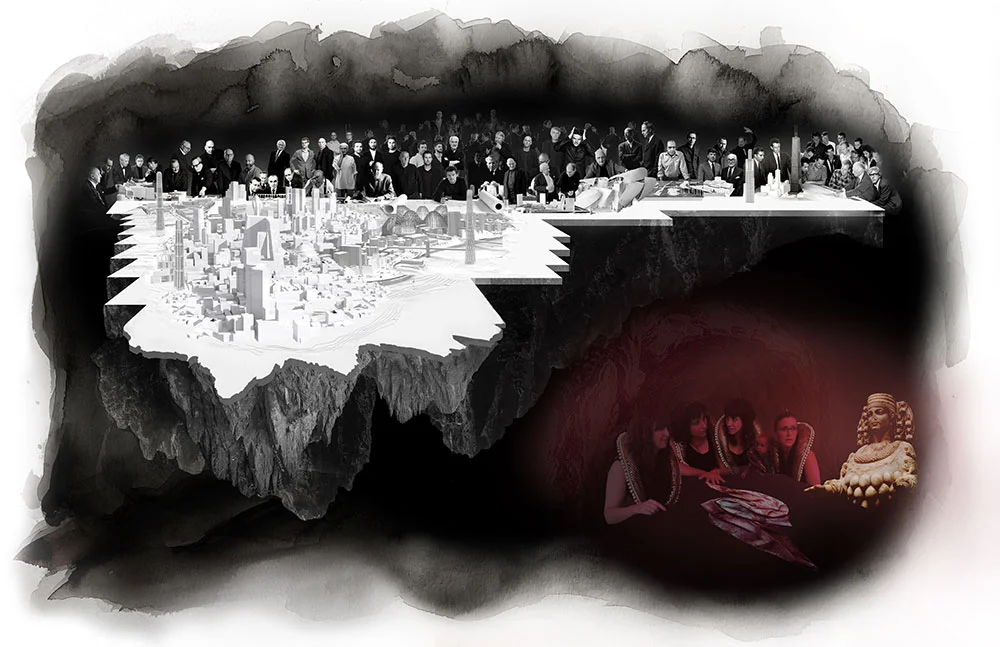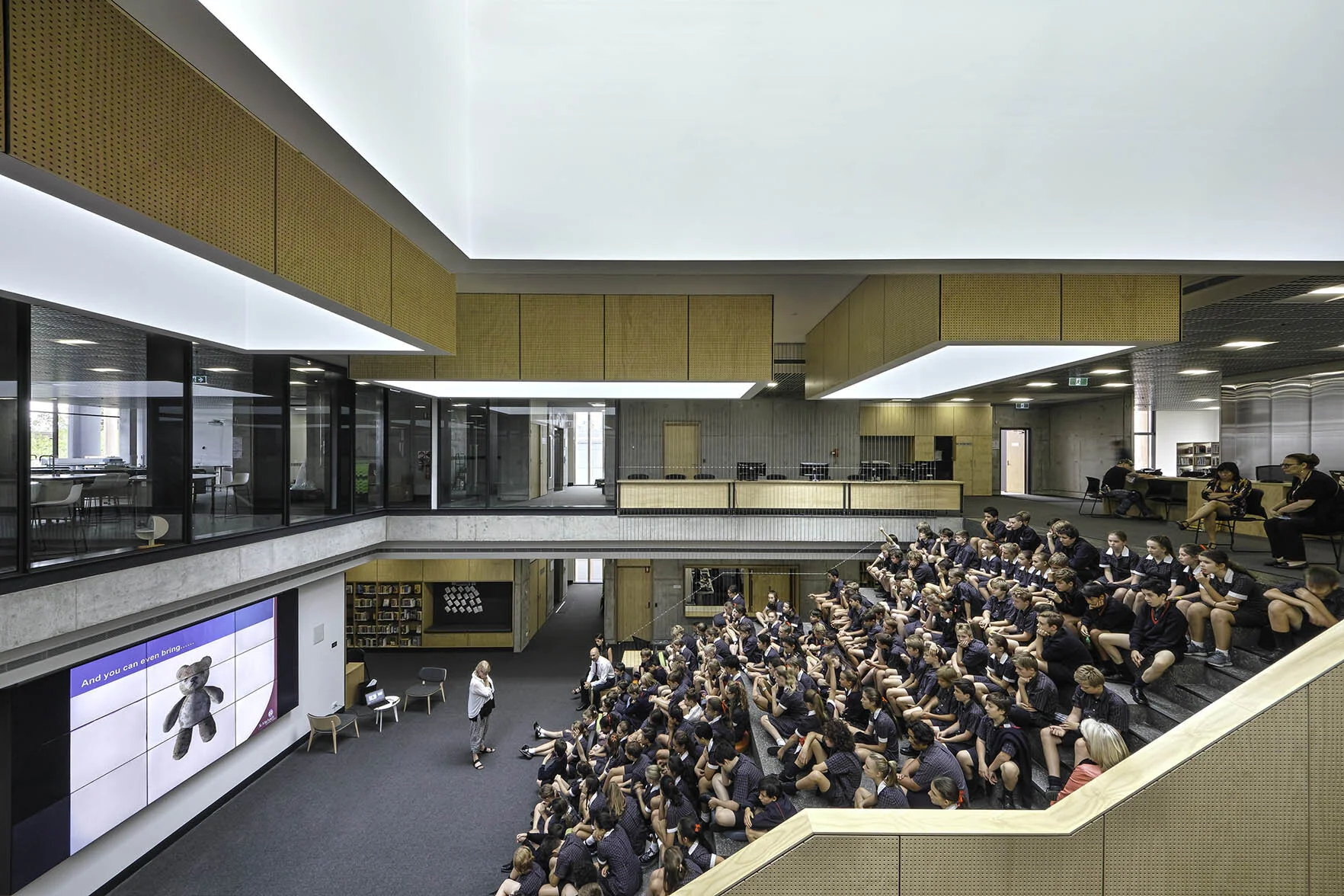Gisborne rises from the ashes
The work begins at Gisborne.
Article (written by Patrick Taylor for Golf Australia)
It was just over a year ago that the members and staff of Gisborne Golf Club woke to the devastating news that their charming clubhouse, steeped in history and home to Gisborne's RSL sub-branch, had been destroyed by a fire overnight.
While there is never an ideal time for such a disaster, Gisborne's fire arrived in the midst of a golf boom in the region and the first serious uptick in memberships since pre-pandemic years.
From a dark period around 2018 and 2019, when the club’s member number floated around the 500 mark and Gisborne was suffering $100,000 losses each year, membership had grown to almost double as the club thrived.
Gisborne also installed a 10-bay driving range which was proving extremely popular within the wider community, with 70 percent of its use being via non-members and proving to be a valuable asset to the club.
And then the fire struck.
The old clubhouse.
"We were starting to build some momentum with the hospitality side of the business, and with the growth in membership, the club was building towards a positive future and then we were hit for six with the fire," Gisborne General Manager, Brett Campbell said.
Having been notified at 2:30am, club officials watched the firefighters get the blaze under control in the early hours, and by dawn, the despair and devastation had already been replaced by hope and proactivity.
"We quickly flicked a switch to the future and had a determination that this wasn’t going to beat us," he said.
"We immediately set about getting golfers back on the course as soon as possible – we only lost one day of golf – and organising the temporary facilities that are here today."
The devastation.
Gisborne have been operating its pro shop, office, toilets and hospitality out of portable buildings for 12-months now, and will continue to do so for another 12-months, but the end of the temporary arrangement is in sight.
In late April, the club was granted approval to begin works on its new, modern clubhouse, with Macedon Ranges Shire Council Mayor Dominic Bonanno turning the first sod to commemorate the occasion.
"After the fire we got to work quickly to engage an architect to design a new facility, and POP Architecture were awarded the contract to design the new clubhouse," said Campbell.
"They have been a pleasure to deal with right from the very start, and have expertly taken us through the design process and worked extremely hard to complete the design in as short a period as possible to help keep the disruption to a minimum."
With the help of the local council to assist with permits and approvals, Gisborne entered into an Early Contractor Involvement with COMM, who have been helping with the design process and ensuring that the club can get the project completed within budget.
"Our finishing date for the new clubhouse is March 17, 2026, and the committee, members and whole community are looking forward to the grand opening," said Campbell.
"The new clubhouse will be more than beams and glass. It will be a space that honours the past, serves the present and inspires the future.
"Designed with care and vision, it will be a welcoming home for golfers, members, families, and visitors – a place where the spirit of the game and the warmth of our community can thrive once again."
Armed with the hope that the new clubhouse will continue the growth of the club once opened, Gisborne leaned on its other magnificent asset over the past year, the stunning Vern Morcom designed, par-72 layout nestled below the Macedon Ranges.
Even without a permanent clubhouse, Gisborne were able to continue the steady 15 percent year-on-year membership growth over the last 12-months, and now proudly boast over 900 members. With the installation of a new $1.5M irrigation system, the course itself is in its best ever condition, and green fee play also saw a boost and member satisfaction is on the rise.
The future at Gisborne is looking bright, and it is testament to Campbell and his team, who began working on such a future while the old clubhouse was still laying in ruin. Not a day was wasted, and just two years on from the blaze, Gisborne members will likely be walking through the doors of their new home.
To find out more about Gisborne Golf Club and to follow the construction journey, CLICK HERE.


